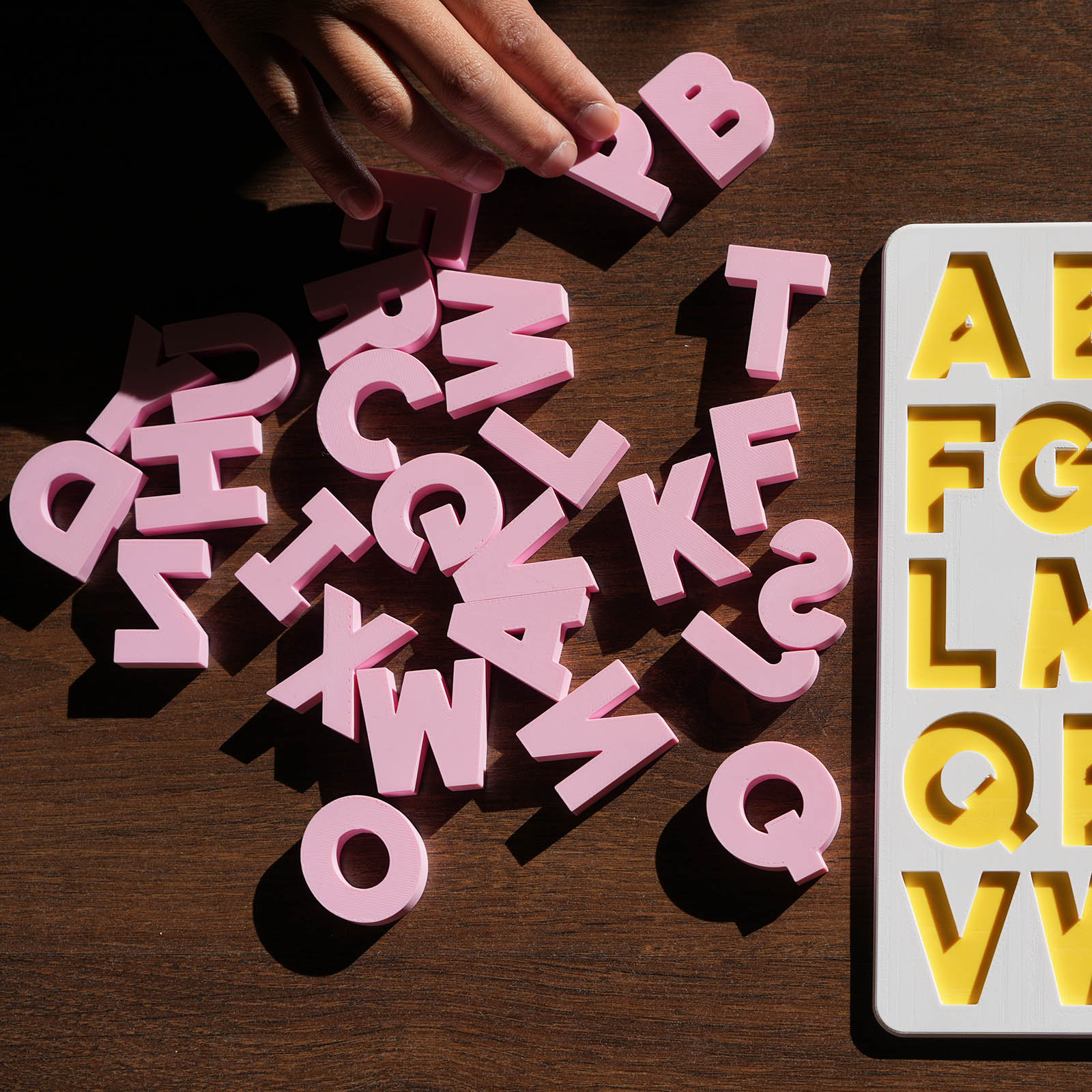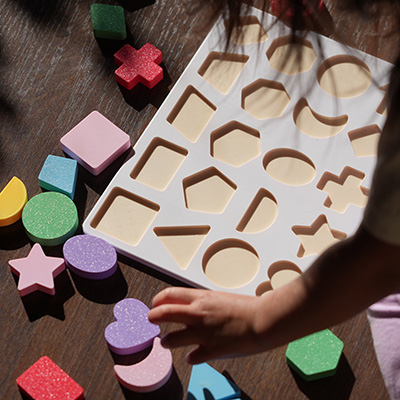🧩 The Foundation of Math Starts With Shapes
Before your child ever sees a number line or counts with their fingers, their brain is already learning the building blocks of math — through shapes, movement, and play.
That’s where geometry puzzles for toddlers come in.
These simple, visual toys do more than fill quiet moments — they nurture the concepts that math relies on: categorising, comparing, positioning, and problem-solving.
🧠 What Geometry Puzzles Teach Toddlers
Geometry puzzles help develop skills that are crucial for early math learning. Through play, your toddler builds:
✅ Shape Recognition
Being able to differentiate a triangle from a square lays the foundation for recognising patterns, letters, and numerals later on.
✅ Spatial Awareness
Your child learns how shapes fit together, rotate, and relate in space — a skill closely tied to early geometry, visual reasoning, and even STEM readiness.
✅ Classification and Sorting
When toddlers group similar shapes, they’re engaging in early set theory — the basis of mathematical grouping and logic.
✅ Sequencing and Memory
Repeated puzzle play reinforces memory and helps children remember the order in which shapes appear or where pieces fit.
🔢 How This Links to Early Math Concepts
While geometry puzzles don’t involve formal numbers, they nurture pre-math abilities that children need before they’re ready for arithmetic.
Here’s how:
| Geometry Puzzle Skill | Related Math Concept |
|---|---|
| Sorting circles vs squares | Classifying data |
| Fitting pieces into spaces | Spatial measurement & estimation |
| Rotating triangle to fit | Mental rotation in geometry |
| Naming shapes | Geometry vocabulary |
When your toddler manipulates a puzzle piece to fit into a space, they’re learning through trial and error — a cognitive process that underpins both logical reasoning and number work.
🏠 Why Geometry Puzzles Work So Well at Home
Unlike digital tools or flashcards, puzzles are hands-on, open-ended, and self-paced. This aligns beautifully with how toddlers learn best — by doing, repeating, and exploring at their own speed.
Here’s what makes a great geometry puzzle for home learning:
- Clean, recognisable shapes (not overly abstract or stylised)
- No lights, sounds, or distractions — just shapes and space
- Self-correcting: toddlers can independently see when something fits
- Made with calming colours to promote focus and reduce overstimulation
Frankie & Leo’s shape-based puzzle was designed specifically to support this kind of learning — with forms like circles, squares, triangles, and rectangles in muted Montessori-inspired colours.
🔁 Repetition = Learning
It might seem repetitive when your toddler solves the same puzzle every day. But this kind of repetition is exactly how the brain learns best.
Each attempt to:
- Rotate a triangle
- Align a rectangle
- Choose between two circles
…helps reinforce neural pathways that build stronger recall, faster problem-solving, and greater confidence over time.
These moments might look quiet on the outside, but they’re busy on the inside.
🧠 Real-World Learning Through Shapes
Learning shapes doesn’t stop with puzzles. It sets the stage for recognising:
- Street signs and road symbols
- Letters and numbers (many of which are built from shapes)
- Patterns in nature, architecture, and everyday life
In this way, shape-based learning through puzzles makes your toddler more observant, more precise, and more confident in the world around them.
🏁 When to Introduce Geometry Puzzles
Start around 18 months to 2 years, depending on your child’s fine motor development and interest level.
Signs your toddler is ready:
- Stacking or sorting spontaneously
- Matching colours or shapes
- Showing interest in containers or fitting objects
- Repeating movements with intent
Begin with 3–5 shapes, and rotate in more as they gain confidence. Offer praise for persistence, not just results.
💡 Final Thought
Math skills don’t begin with worksheets — they begin with play. Geometry puzzles give your toddler the chance to explore, experiment, and make sense of the shapes that make up their world.
When you offer a puzzle that invites curiosity, you’re doing more than filling time. You’re building a foundation for focus, reasoning, and a lifelong love of learning.
👉 Explore Geometry Puzzles That Spark Early Math Skills
👉 Keep up to date with us on Insta
📚 Reference:
Clements, D. H., & Sarama, J. (2009). Learning and Teaching Early Math: The Learning Trajectories Approach. Routledge.


